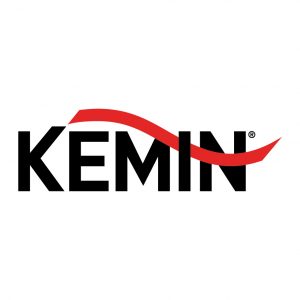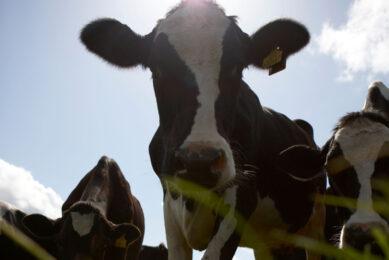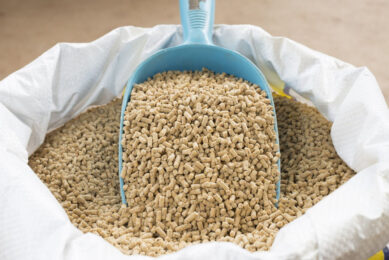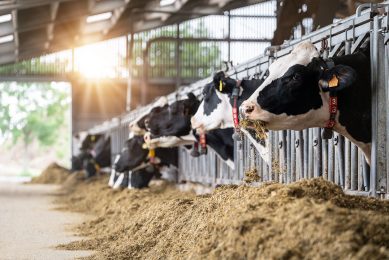Balancing for amino acids brings endless opportunities
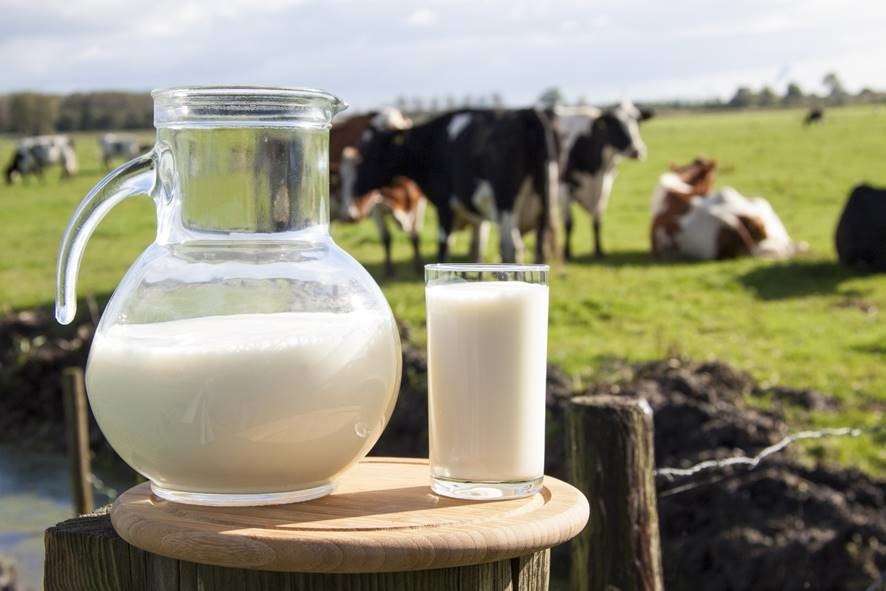
Over the last 30 years tremendous efforts and research have been made to refine the protein requirements of dairy cows. Consequently, the growing understanding of cow requirements led to recognising 2 sets of protein requirements; rumen degradable protein (RDP), and rumen undegradable protein (RUP), and metabolically the cow has specific requirements for individual amino acids (AAs) rather than metabolisable protein (MP) per se.
Amino acids are the building blocks of milk and body proteins, and considered one of the most important nutrients in dairy cow nutrition. Many of these amino acids needs to be supplemented in the diet, because they can’t be synthesised in sufficient amount to meet the requirements of high producing cows. Therefore, these amino acids are known as essential AAs.
Inadequate supply of these essential AAs can limit milk and milk protein yield; thus, they are referred to as limiting AAs. Methionine (Met) and lysine (Lys) have been recognised as the first and second limiting AAs, respectively, for lactating dairy cows under most feeding practices. This is fundamentally true because feed proteins have lower concentrations of Met and Lys when compared to their concentrations in milk and microbial protein.
Intestinally available AAs are derived from 3 sources:
- microbial protein
- RUP
- ogenous protein
Collectively, these protein sources are called metabolisable protein. Therefore, dairy rations should be formulated to provide MP with an AAs profile that is consistent with the AA requirements for maintenance, growth, lactation, and reproduction.
Benefits of balancing for amino acids
Balancing dairy rations for AA, rather than for percentage of crude protein (CP %), is the state of the art approach when it comes to protein nutrition. Balancing dairy rations for AA allows for more precise feeding so that cows can achieve maximum production performance without overfeeding protein. The benefits of balancing for AA are endless if dairy nutritionist and producers are willing to adopt the concept and apply it whenever possible. The improvement in milk production, reproduction as well as animal health will outweigh any additional cost.
The benefits of balancing for AA’s include:
- Enhanced milk performance.
- Improving the utilisation efficiency of metabolisable protein.
- Decreased incidence of metabolic disorders.
- Improved dairy herd fertility.
- Increased casein content and therefore cheese production profitability.
How to achieve the target formulation levels for Lys and Met in MP?
When balancing dairy rations for AA, nutritionists are encouraged to consider the following recommendations for maximising milk components and MP utilisation:
- Diets should be formulated to maximise microbial protein synthesis, because microbial protein has an excellent profile of essential AA that matches the AA profile of milk protein.
- Maximising microbial protein can be achieved through synchronising the availability of readily fermentable carbohydrate with an adequate, but not excessive, quantity of RDP. Overfeeding RDP might exceed bacterial requirement, and ammonia produced in the rumen can decrease flow of microbial protein to the small intestine.
- Balance the ration for the correct targeted levels for Lys and Met and maintain the recommended ratio Lys to Met (depending on nutritional model followed).
- Provide a high quality high-Lys protein supplement to achieve the recommended Lys levels in MP. However, achieving the target recommended level of Lys is becoming feasible with the recent release of the rumen protected Lys products that can be used to partially compensate for the deficiency in Lys from feedstuffs without overfeeding RUP.
- Feed rumen protected Met in the amounts needed to achieve the targeted level in MP without oversupplying total MP. It is important for the dairy nutritionist to remember that rumen protected Lys and Met are not feed additives but are essential nutrients and should be used accordingly in ration formulation to meet the optimal Lys and Met levels in MP.
Getting the right support
As you see, balancing diets for amino acids is not that simple. Therefore, along with the choice of the most high-quality product, the choice of an experienced advisor is also important. This person/company should be able to provide constant support and act according to constantly changing market situations. The Kemin Amino Acid Program is supported by data-driven research using sophisticated models that are validated in a 3-step process:
- Step 1 – in the lab
- Step 2 – in the animal
- Step 3 – in the dairy farm and industry.
Table 1 shows meta-analysis data for successful Kemin Amino Acid Program implementation (diet balanced in Met and Lys thanks to rumen protected methionine1/lysine2 supplements and technical knowledge) vs. control group (no amino acid balanced diet). Table 2 shows meta-analysis data for Kemin Lysine supplements implementation2 vs. control group (no amino acid balanced diet or only balanced for Met without any rumen protected source of Lys).
The Kemin Lifelong Learning Program ensures that customers get the best optimal solutions for every market situation. The competent support by the Kemin experts guarantees the highest return on investment.
References are available on request
1 Smartamine and MetaSmart are Adisseo´s trademarks
2 Lysigem and Lysipearl


